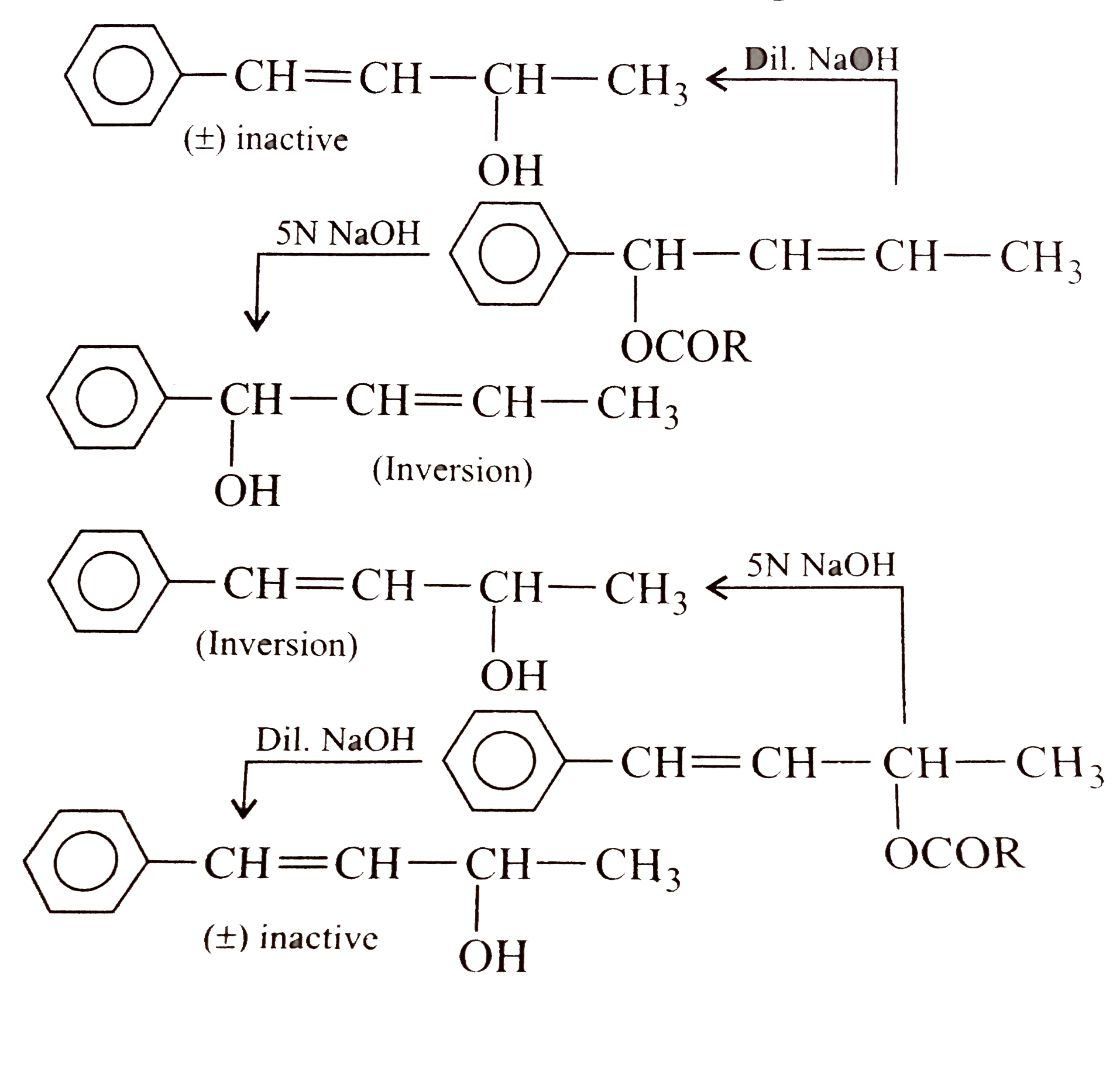Explain the difference in the nature of bonding in LiF and LiI .
To explain the difference in the nature of bonding in lithium fluoride (LiF) and lithium iodide (LiI), we can follow these steps:
Step 1: Identify the Ions
Both LiF and LiI are composed of lithium ions (Li⁺) and different anions: fluoride (F⁻) in LiF and iodide (I⁻) in LiI.
Step 2: Understand Ionic Bonding
Ionic bonding occurs between a metal and a non-metal, where electrons are transferred from the metal to the non-metal, resulting in the formation of positively charged cations and negatively charged anions. In this case, Li⁺ is the cation, and F⁻ and I⁻ are the anions.
Step 3: Compare the Anions
The key difference in bonding nature between LiF and LiI lies in the properties of the anions:
- Fluoride Ion (F⁻): Smaller in size, with a high charge density.
- Iodide Ion (I⁻): Larger in size, with a lower charge density.
Step 4: Apply Fajan's Rule
According to Fajan's rule, the covalent character of an ionic compound is influenced by the polarizability of the anion. Polarizability refers to the ability of an anion's electron cloud to be distorted by the electric field of a nearby cation:
- F⁻: Due to its small size, it is less polarizable.
- I⁻: Due to its larger size, it is more polarizable.
Step 5: Determine the Nature of Bonding
- In LiF, the small size and high charge density of F⁻ lead to a stronger ionic bond with less covalent character.
- In LiI, the larger size and higher polarizability of I⁻ allow for more distortion of the electron cloud, resulting in a greater covalent character in the bond.
Conclusion
Thus, we can conclude that:
- LiF exhibits predominantly ionic bonding due to the small size and low polarizability of the fluoride ion.
- LiI exhibits a greater degree of covalent character due to the larger size and higher polarizability of the iodide ion.
Both LiF and LiI are composed of lithium ions (Li⁺) and different anions: fluoride (F⁻) in LiF and iodide (I⁻) in LiI.
Ionic bonding occurs between a metal and a non-metal, where electrons are transferred from the metal to the non-metal, resulting in the formation of positively charged cations and negatively charged anions. In this case, Li⁺ is the cation, and F⁻ and I⁻ are the anions.
The key difference in bonding nature between LiF and LiI lies in the properties of the anions:
- Fluoride Ion (F⁻): Smaller in size, with a high charge density.
- Iodide Ion (I⁻): Larger in size, with a lower charge density.
According to Fajan's rule, the covalent character of an ionic compound is influenced by the polarizability of the anion. Polarizability refers to the ability of an anion's electron cloud to be distorted by the electric field of a nearby cation:
- F⁻: Due to its small size, it is less polarizable.
- I⁻: Due to its larger size, it is more polarizable.
- In LiF, the small size and high charge density of F⁻ lead to a stronger ionic bond with less covalent character.
- In LiI, the larger size and higher polarizability of I⁻ allow for more distortion of the electron cloud, resulting in a greater covalent character in the bond.
Thus, we can conclude that:
- LiF exhibits predominantly ionic bonding due to the small size and low polarizability of the fluoride ion.
- LiI exhibits a greater degree of covalent character due to the larger size and higher polarizability of the iodide ion.
Topper's Solved these Questions
- CHEMICAL BONDING AND MOLECULAR STRUCTUREBOOK - CENGAGE CHEMISTRY ENGLISHCHAPTER - CHEMICAL BONDING AND MOLECULAR STRUCTUREEXERCISE - Archives True/False
7 Videos
- ATOMIC STRUCTUREBOOK - CENGAGE CHEMISTRY ENGLISHCHAPTER - ATOMIC STRUCTUREEXERCISE - Concept Applicationexercise(4.3)
19 Videos
- CHEMICAL EQUILIBRIUMBOOK - CENGAGE CHEMISTRY ENGLISHCHAPTER - CHEMICAL EQUILIBRIUMEXERCISE - Subjective type
1 Videos
Similar Questions
Knowledge Check
In the clathrates of xenon with water the nature of bonding in Xe and H2O molecule is
AcovalentBhydrogen bondingCcoordinateDdipole-induced dipole.DNA differs from RNA in the nature of
Asugar aloneBpurines aloneCsugar and pyrimidinesDsugar and purines
Explain the oxygen cycle in nature.
View SolutionThe nature of bonding in crystalline boron is
View SolutionExplain the different parts of a carpel.
View Solutionthe nature of bonding forces in adsorption are:
View SolutionDescribe the nature of bonding in metal carbonyls.
View SolutionWhat is the difference between the nature of pi-bonds present in H3PO3 and HNO3 molecules?
View Solution

 .
.